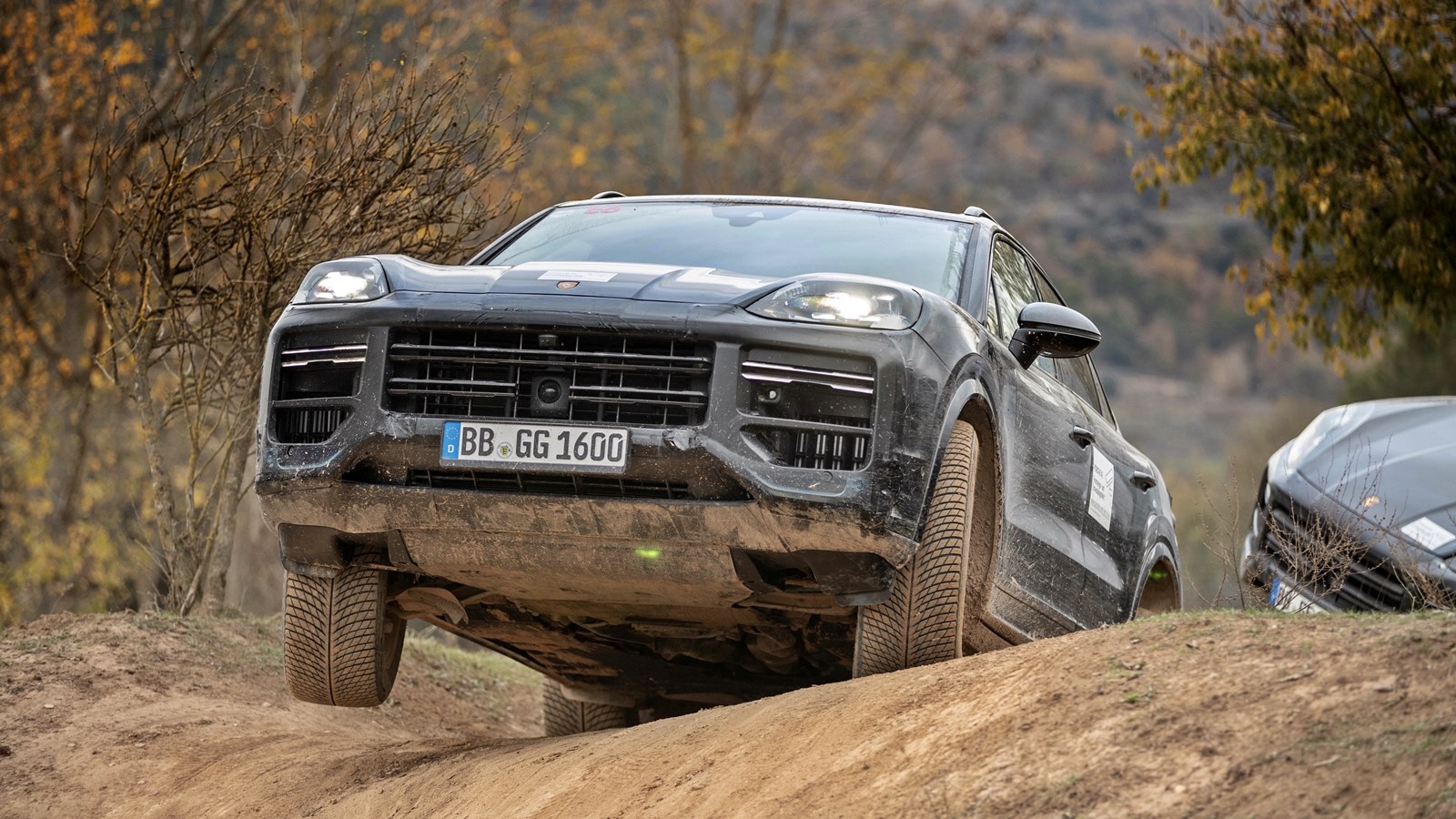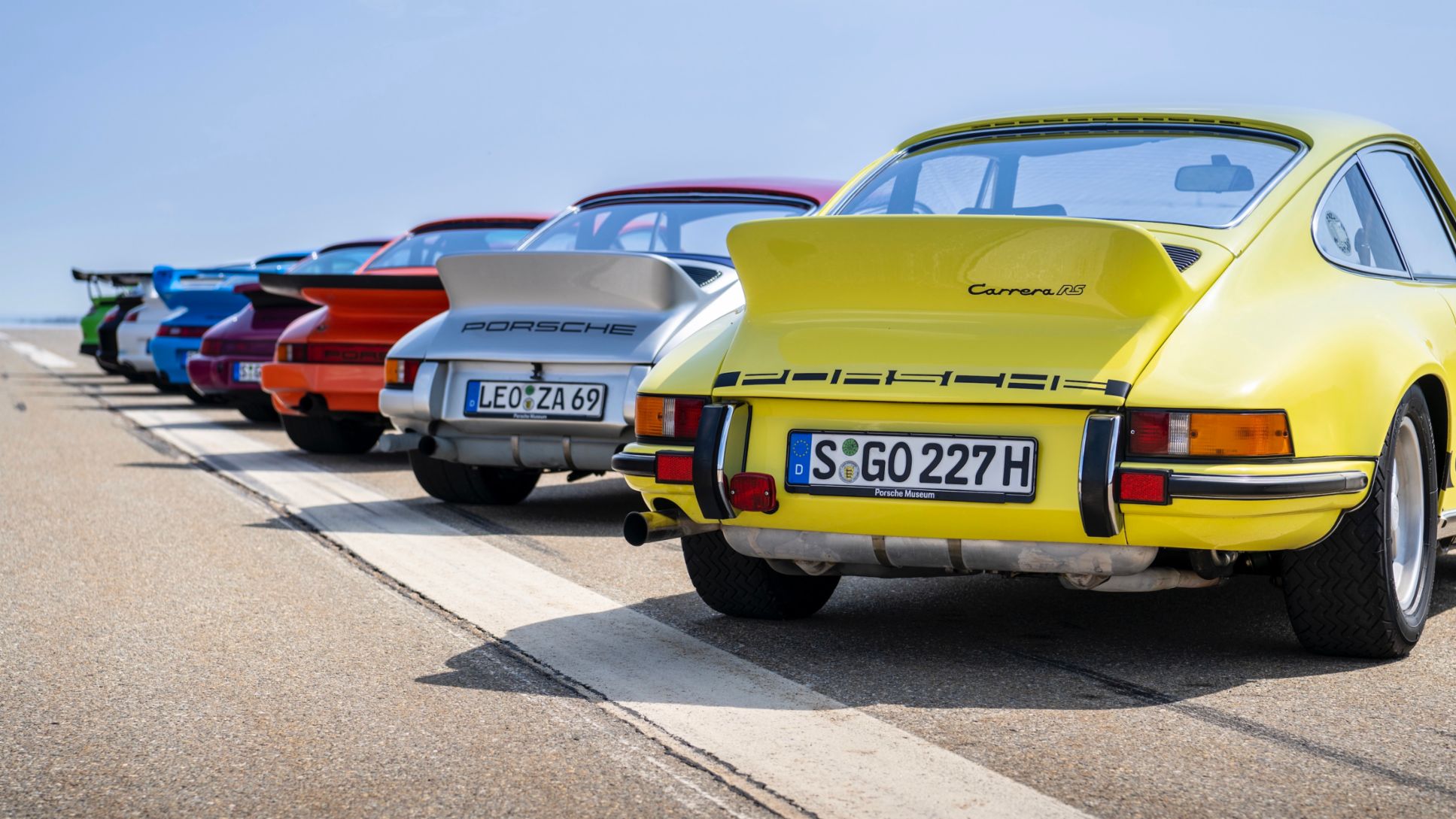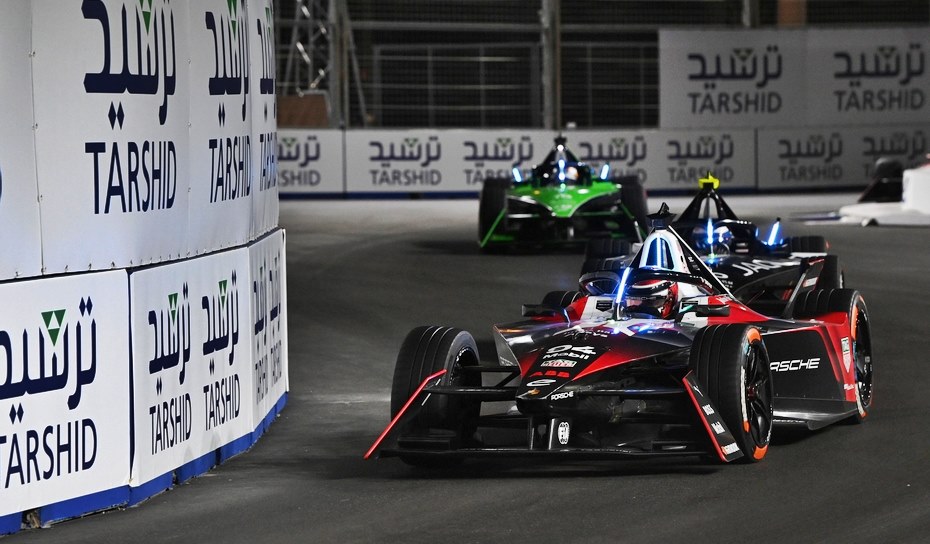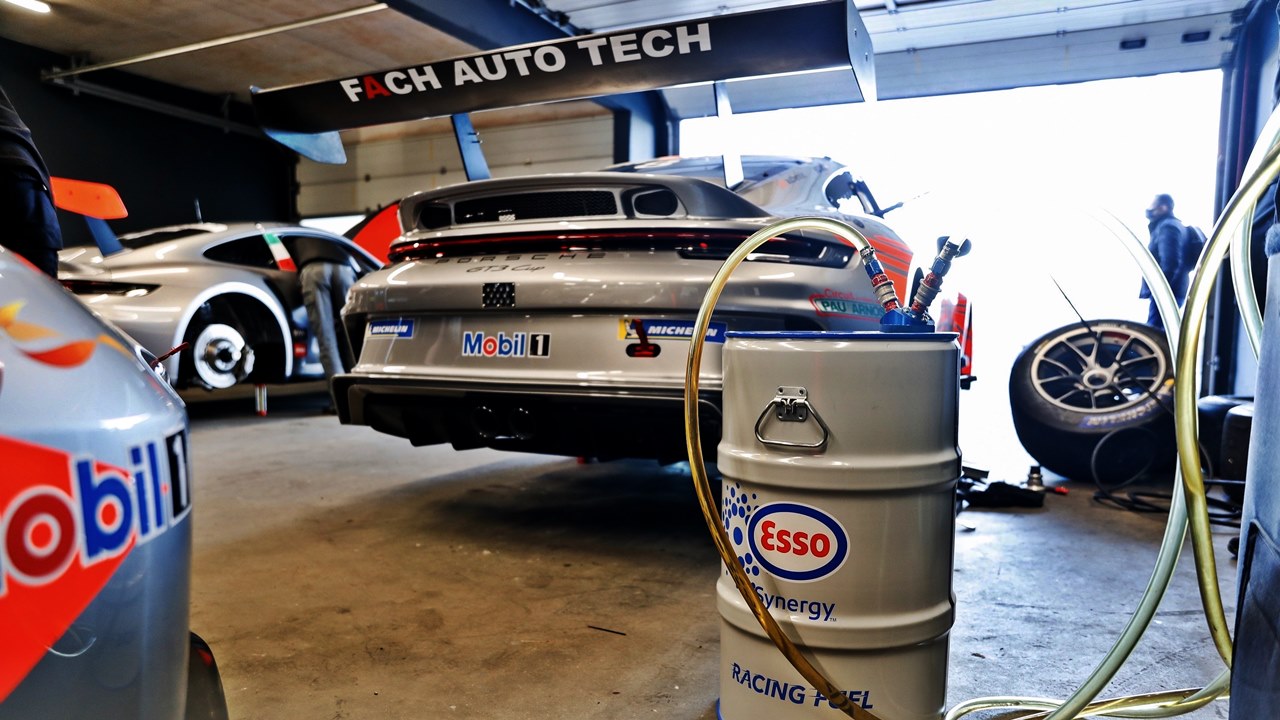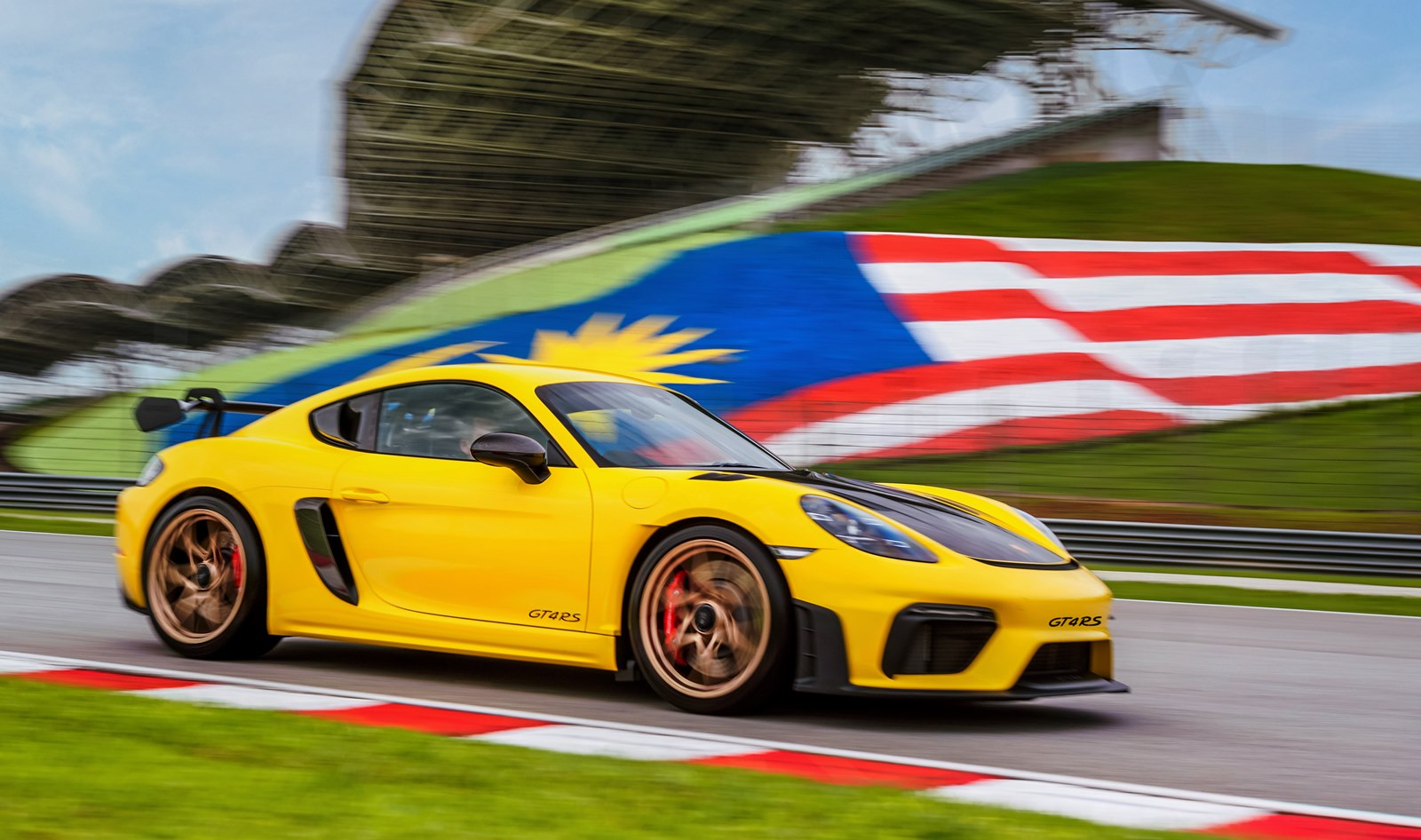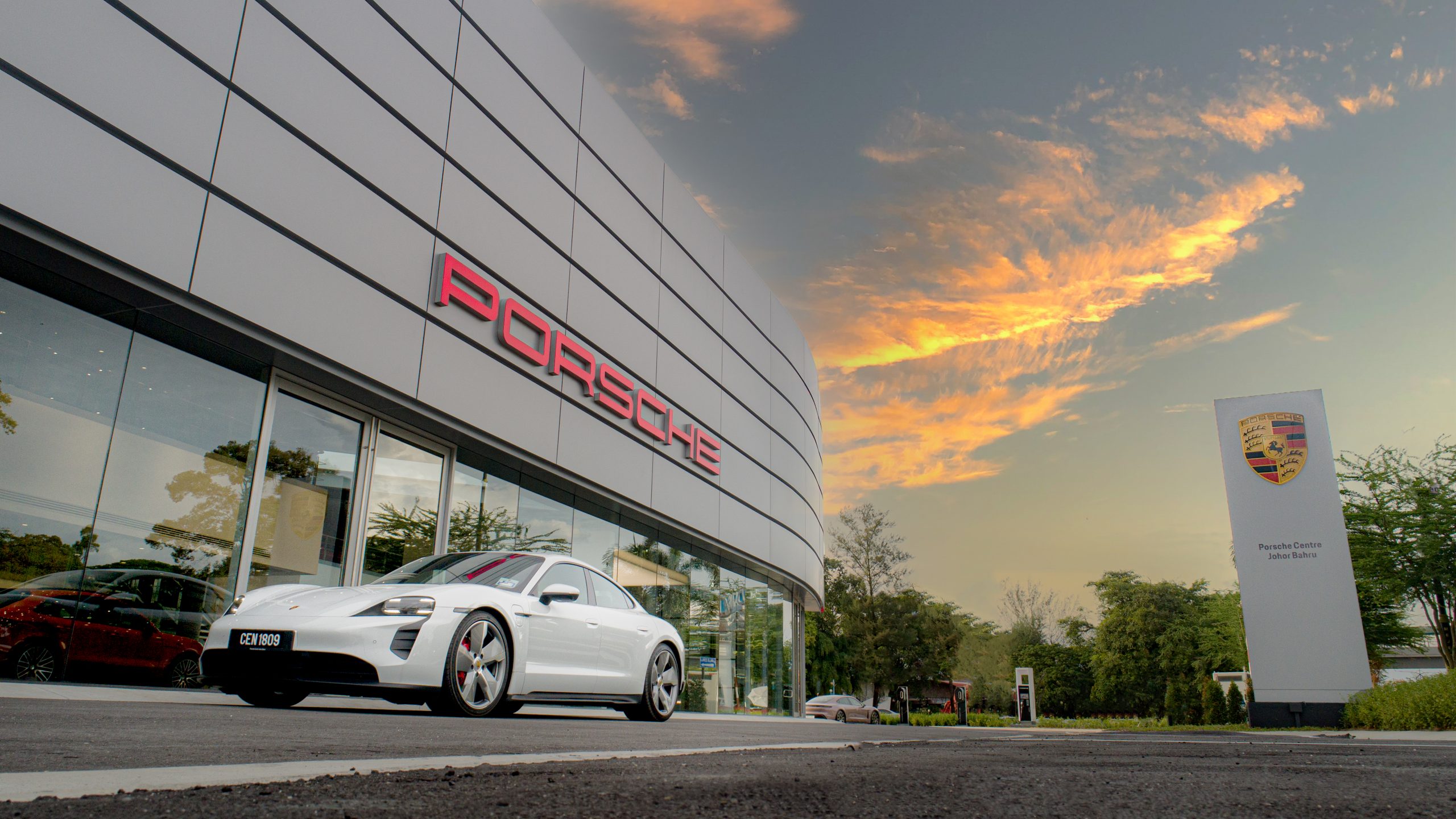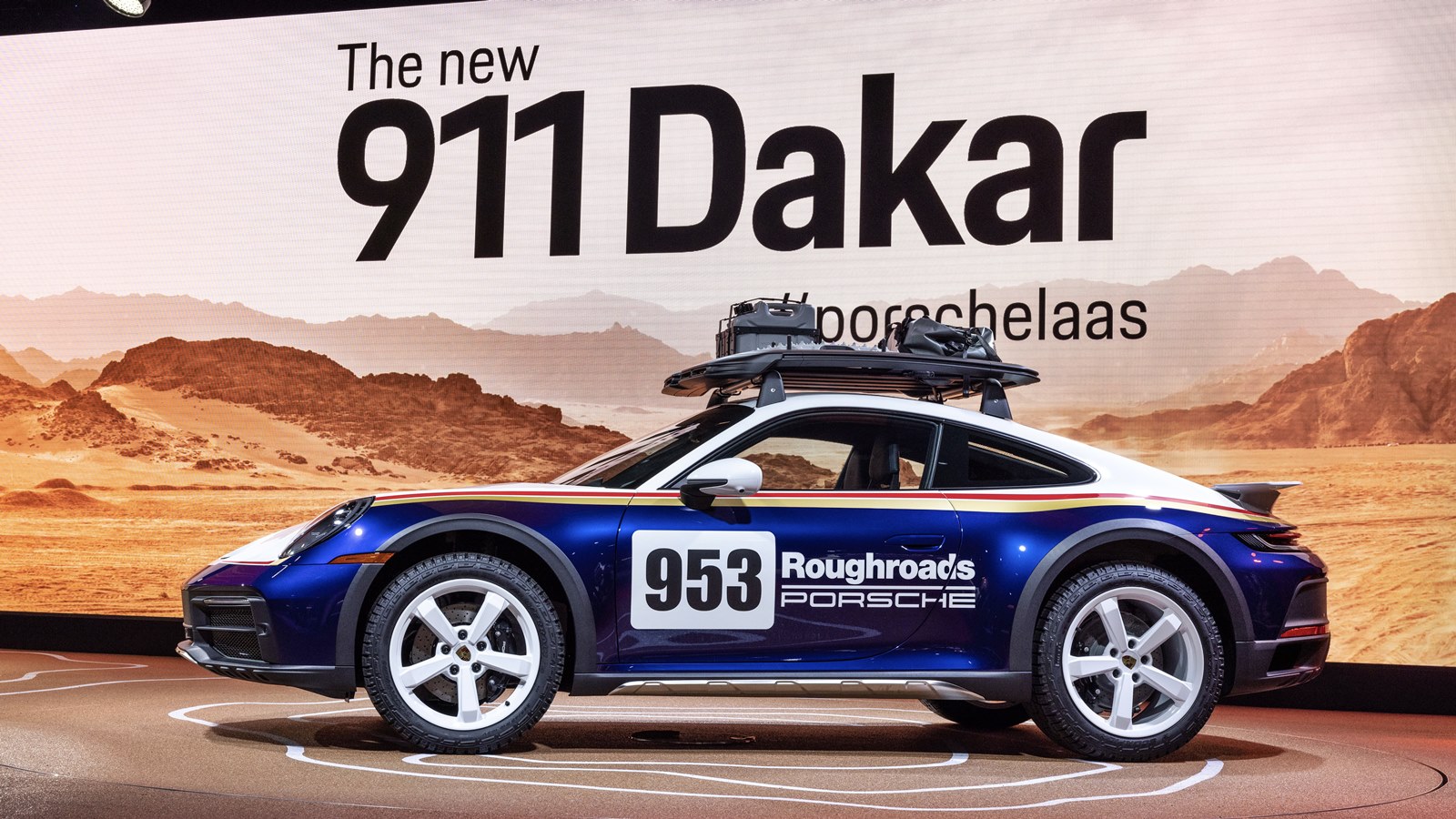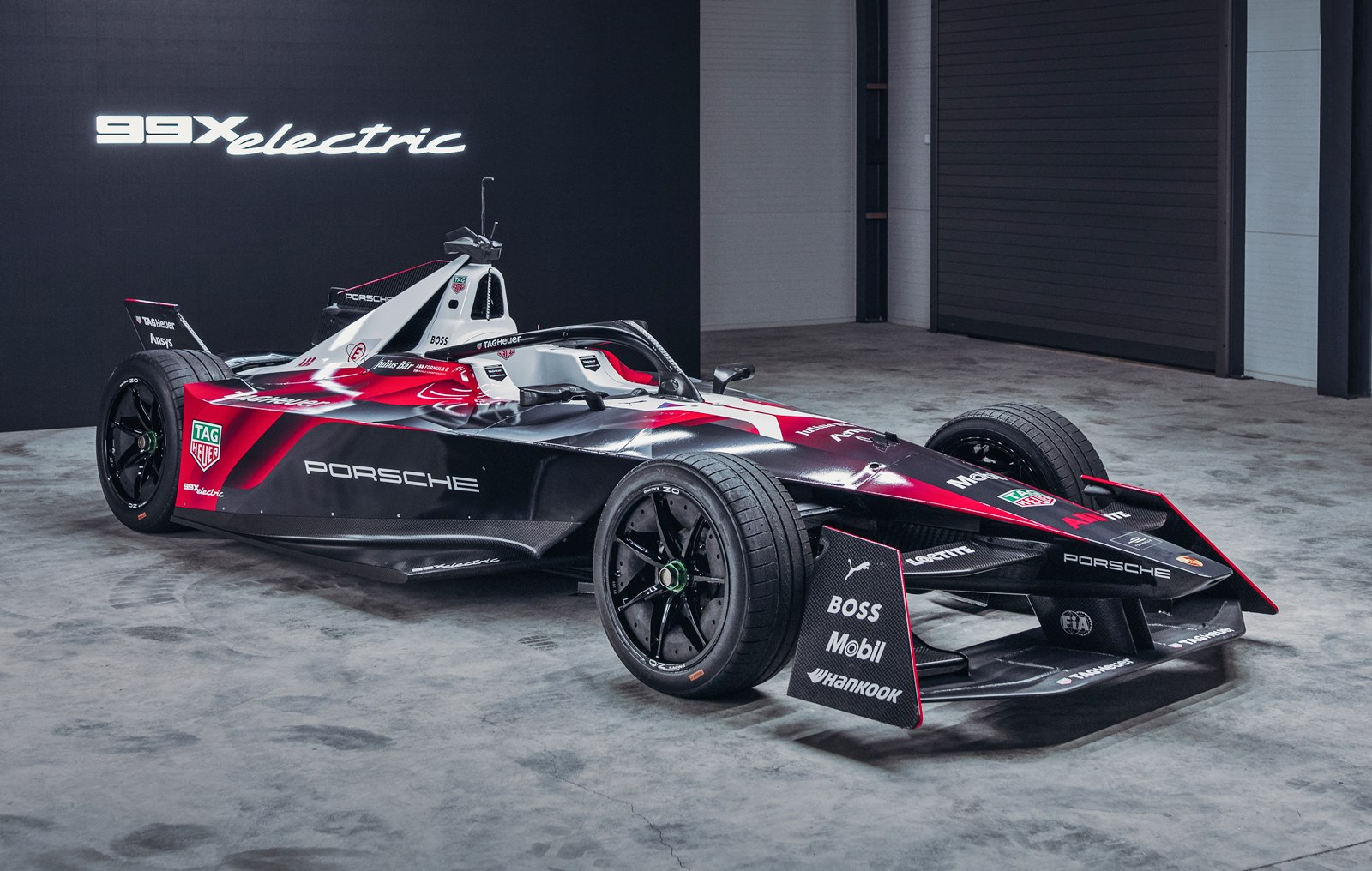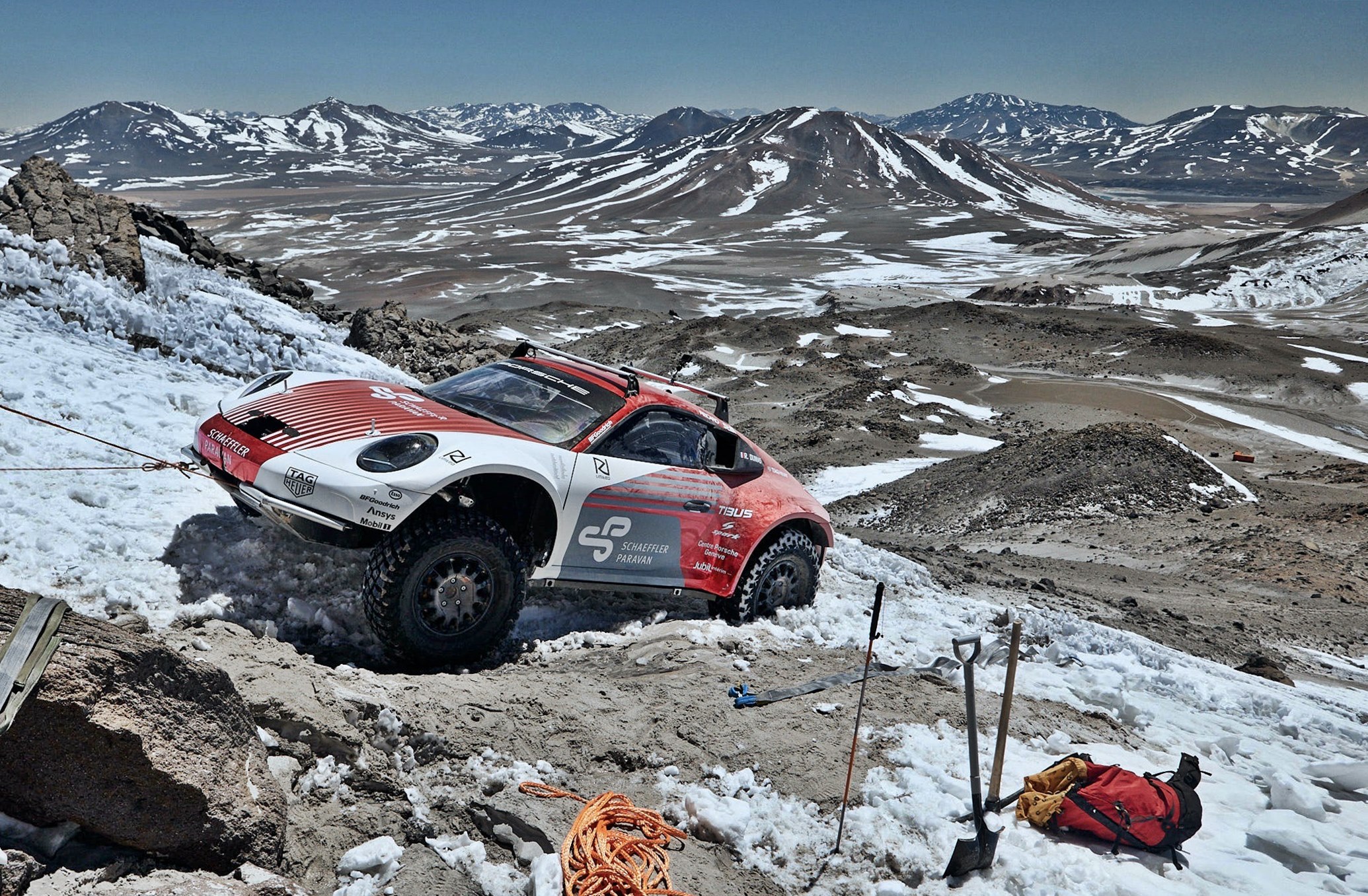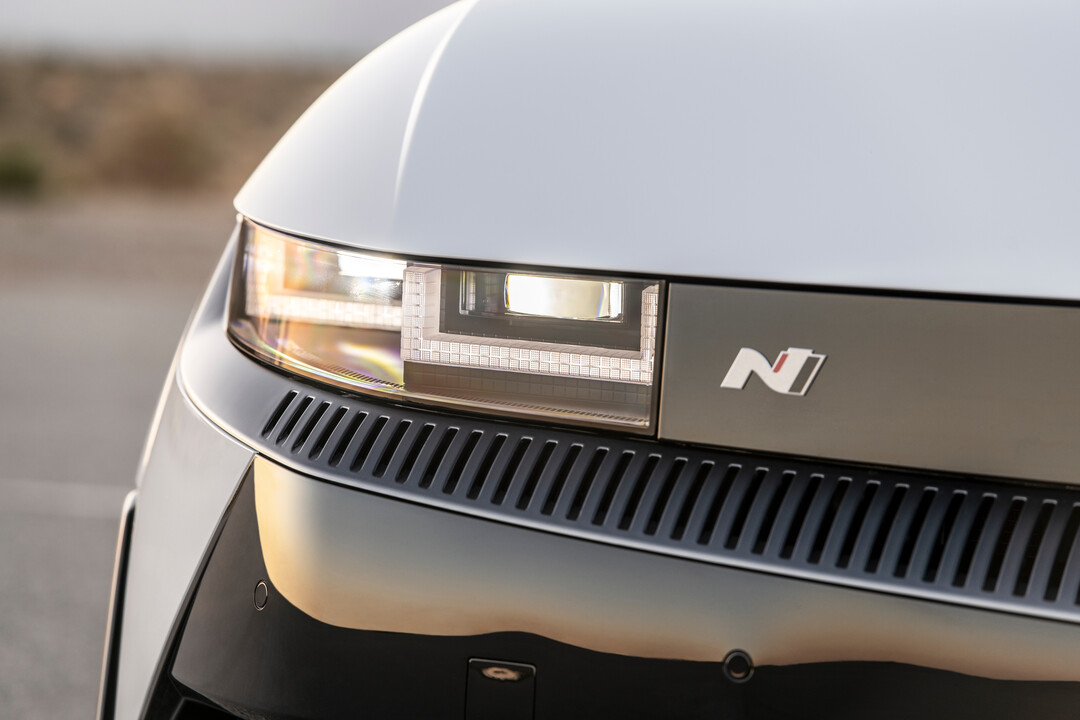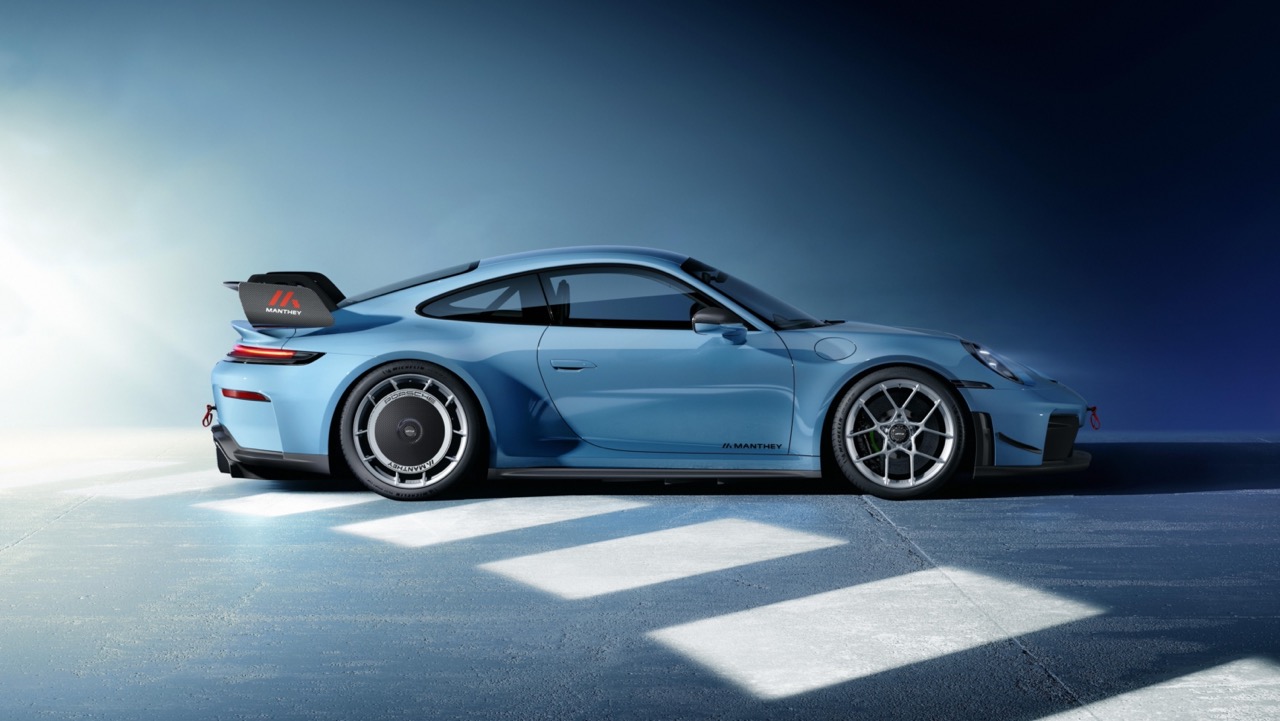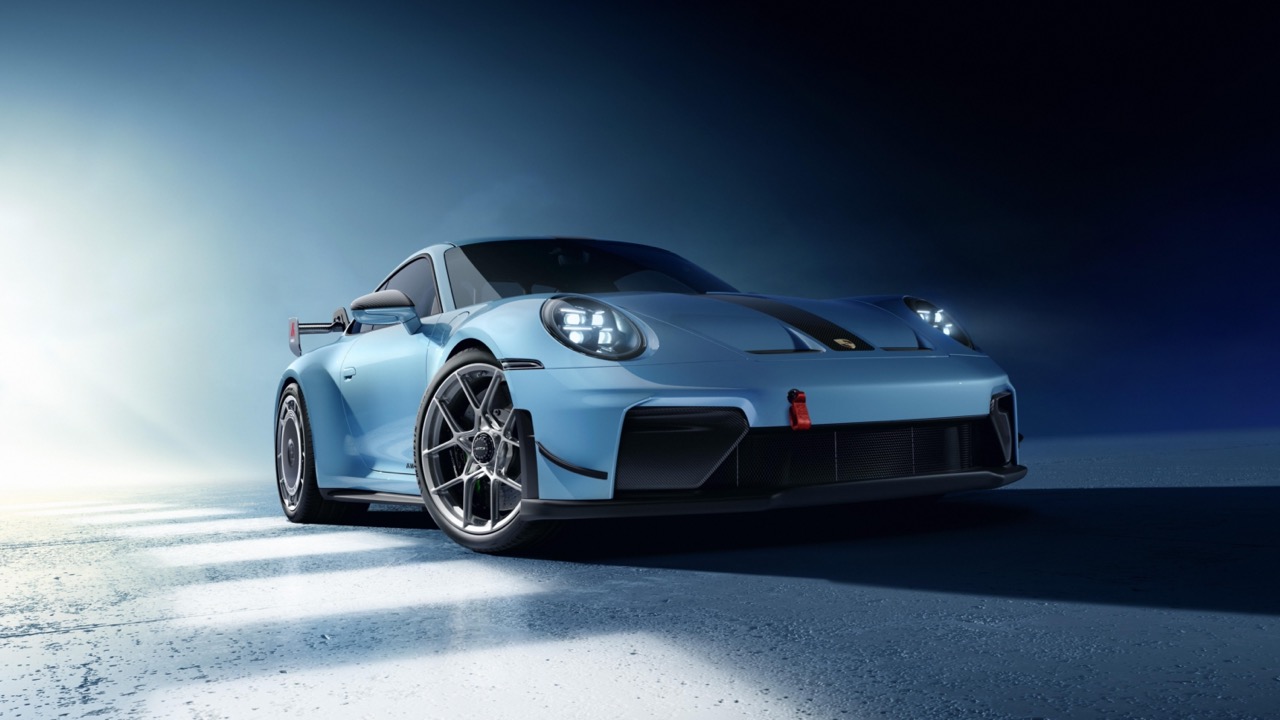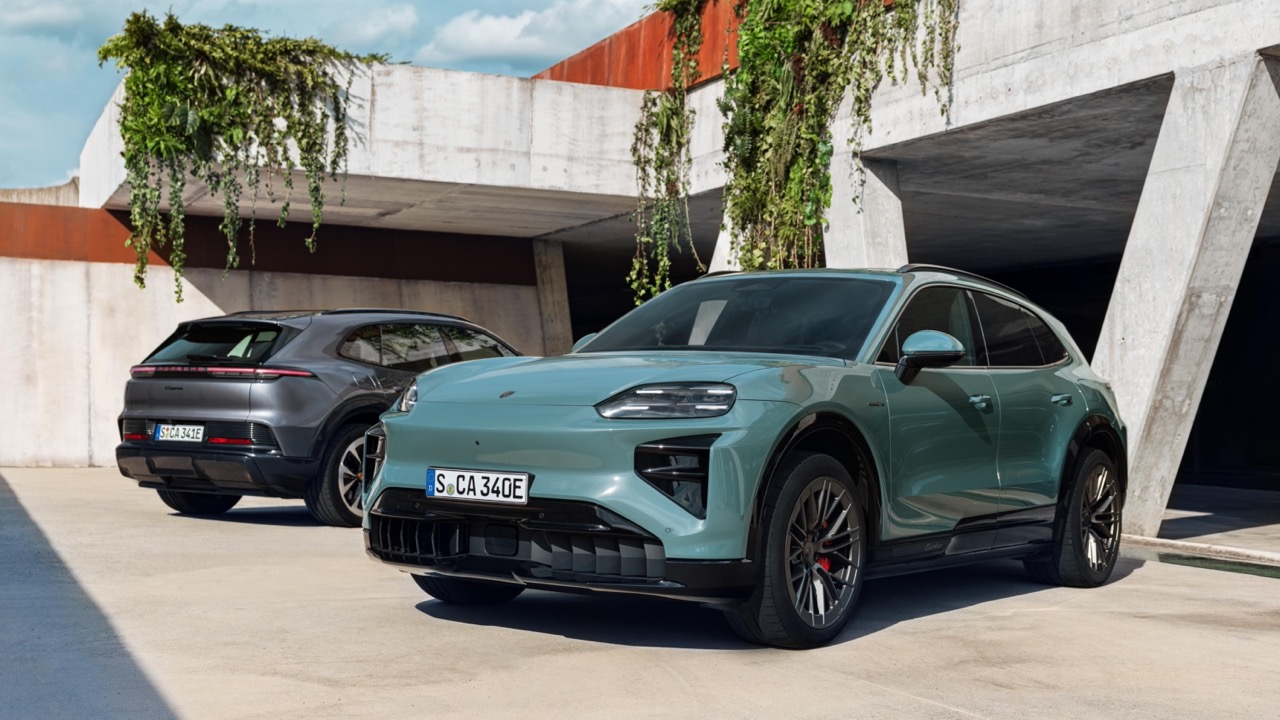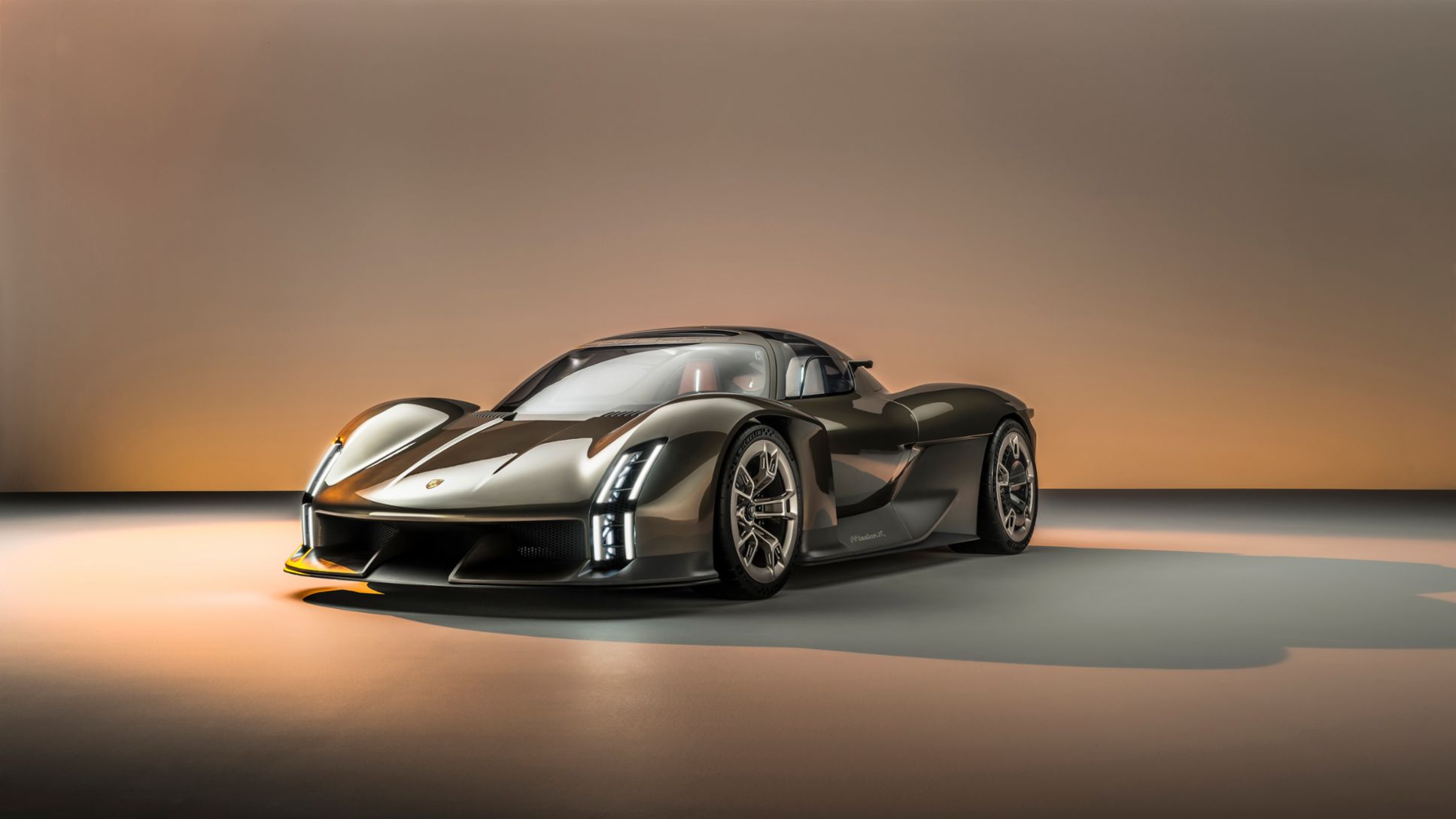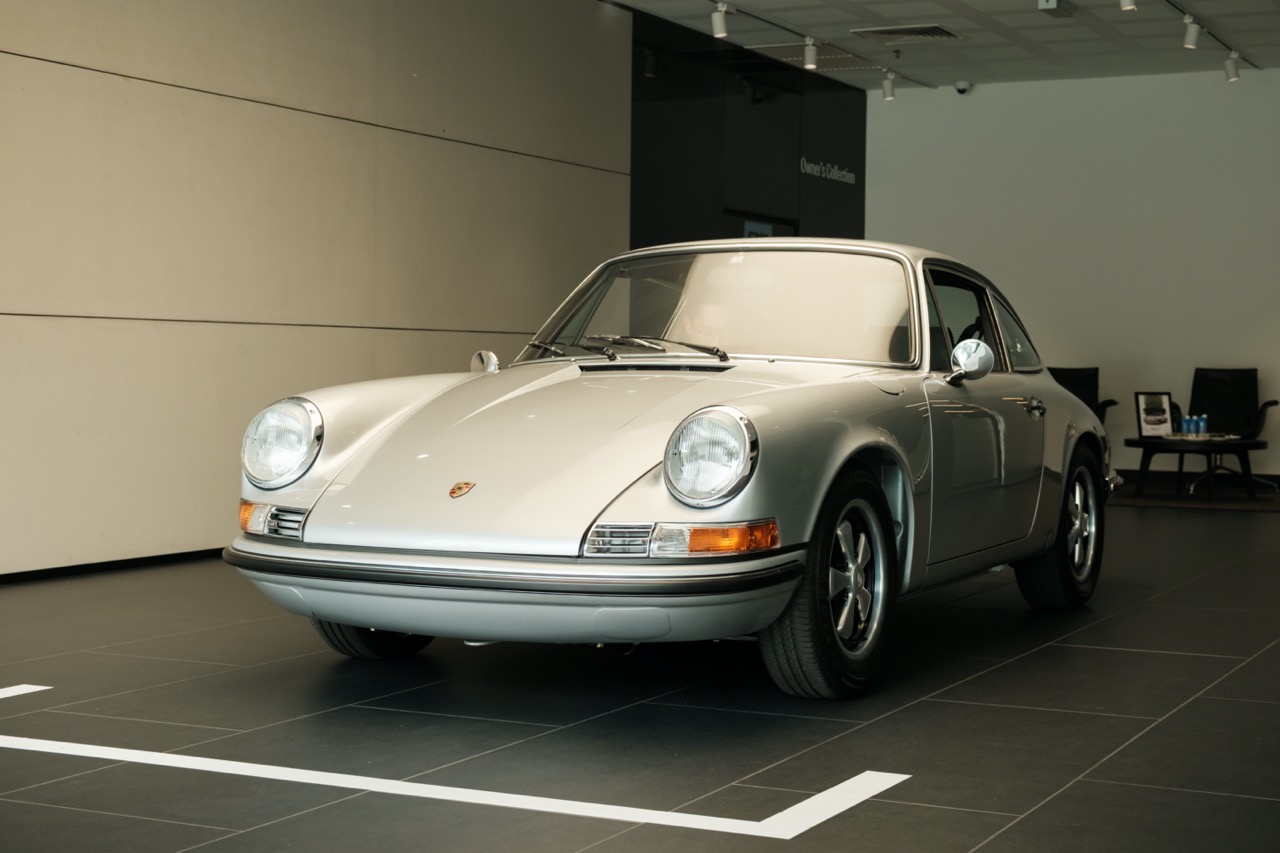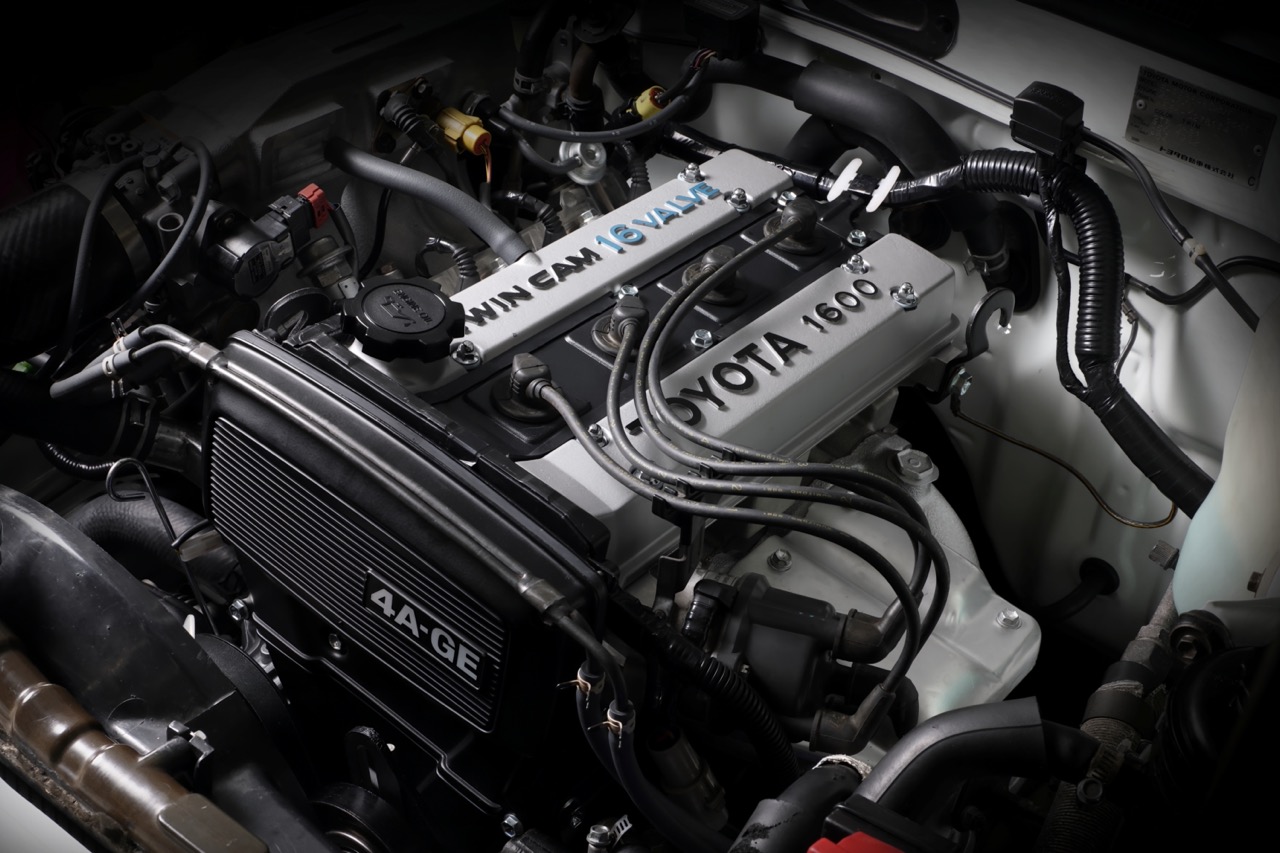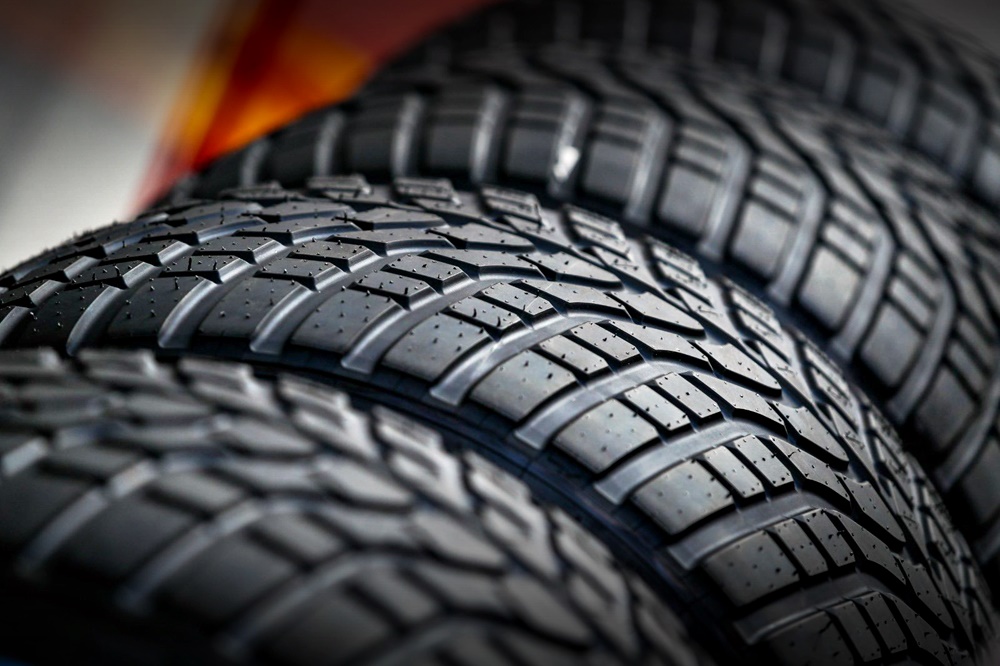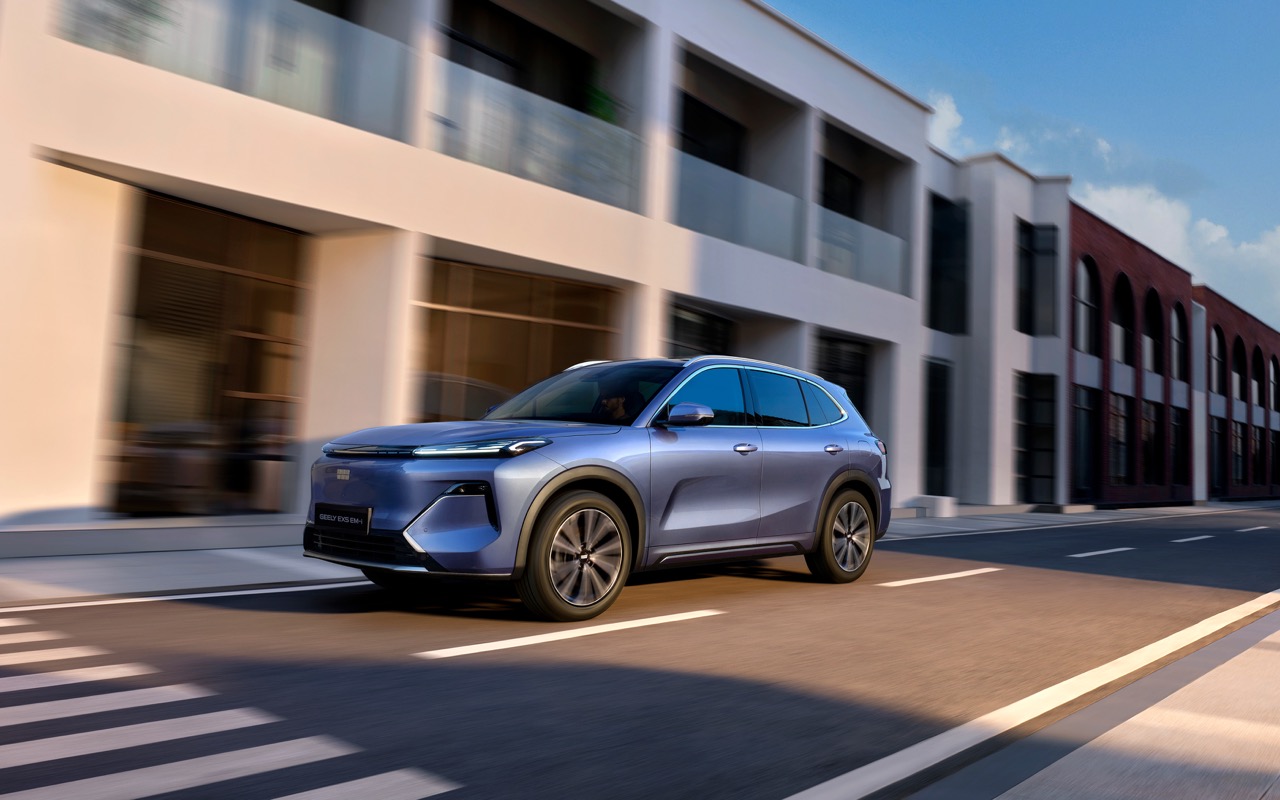The Cayenne, Porsche’s first SUV, is still in its third generation since being launched in 2017. During the past 5 years, there have been improvements in areas related to the powertrain, chassis, design, equipment and connectivity. This is usual for any carmaker as feedback from real-world usage by owners is received at the factory and measures are taken to address issues, while also improving the product in overall terms.
Occasionally, there are numerous improvements made with many new technologies and it is necessary not just to calibrate or tune many systems but also test them for durability and reliability. Prototypes are now undergoing rigorous testing – called ‘complete vehicle testing’ at Porsche – to ensure the operational stability and functionality of all components and systems as they interact – in situations that the customer experiences and far beyond.
(more…)
